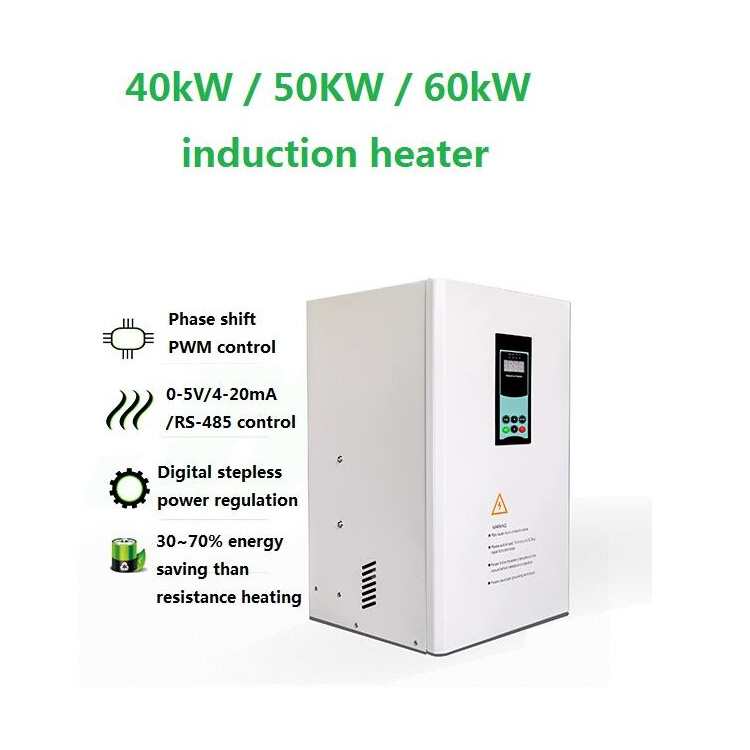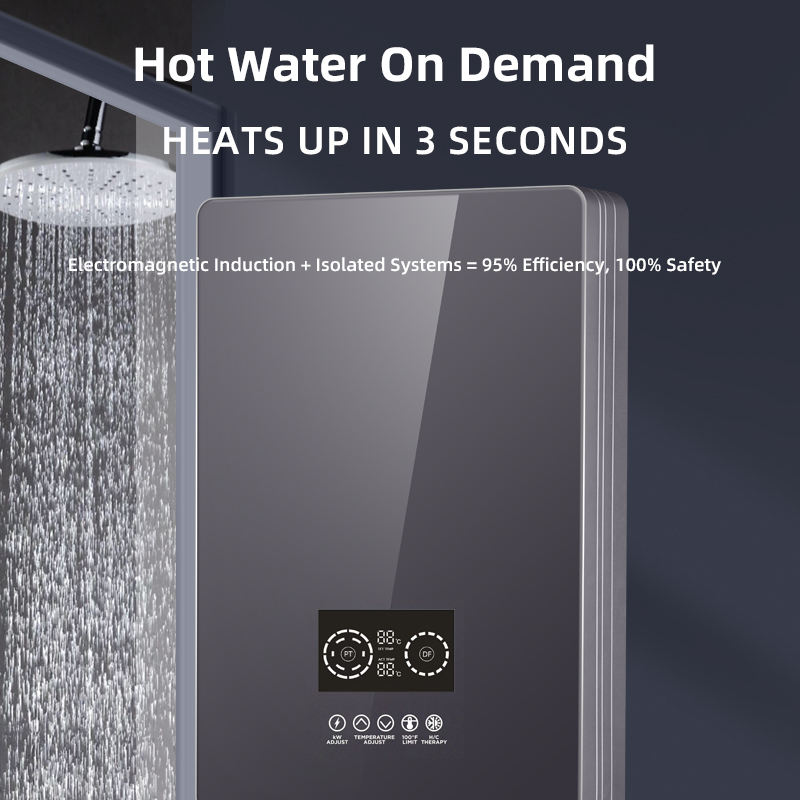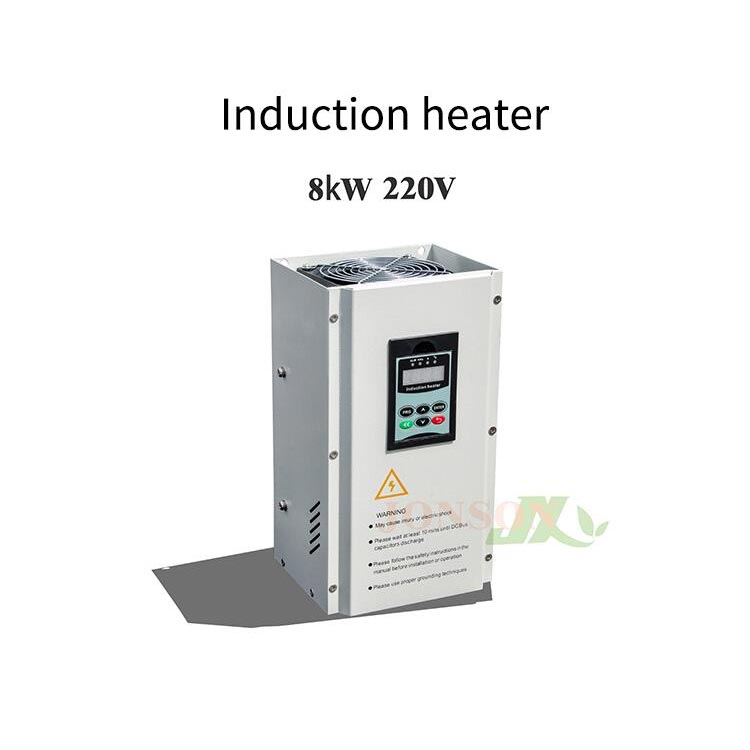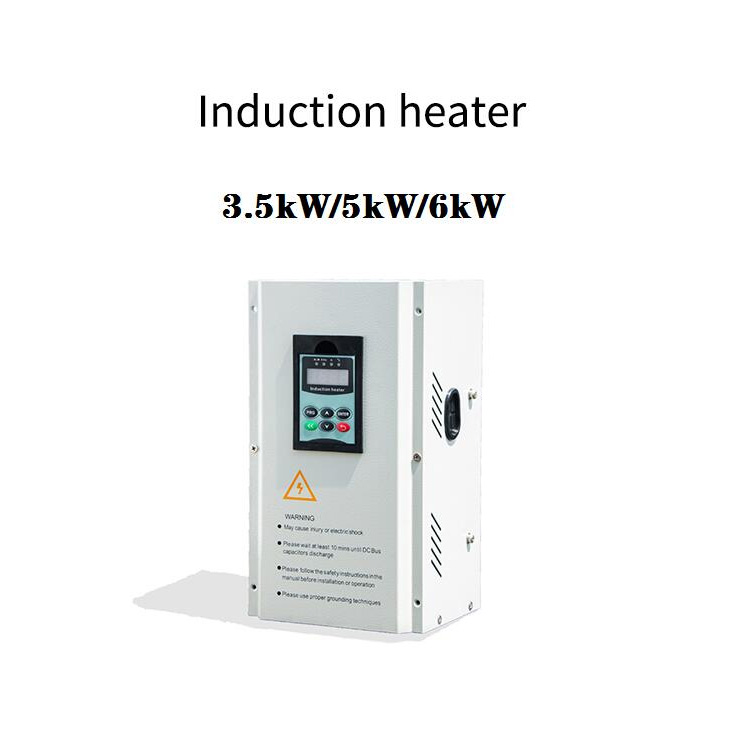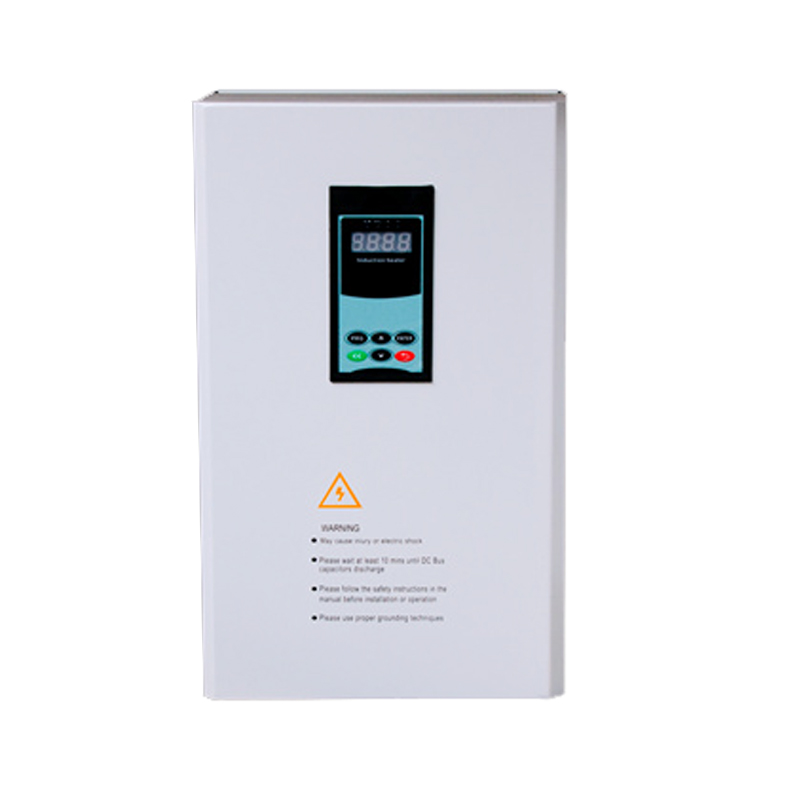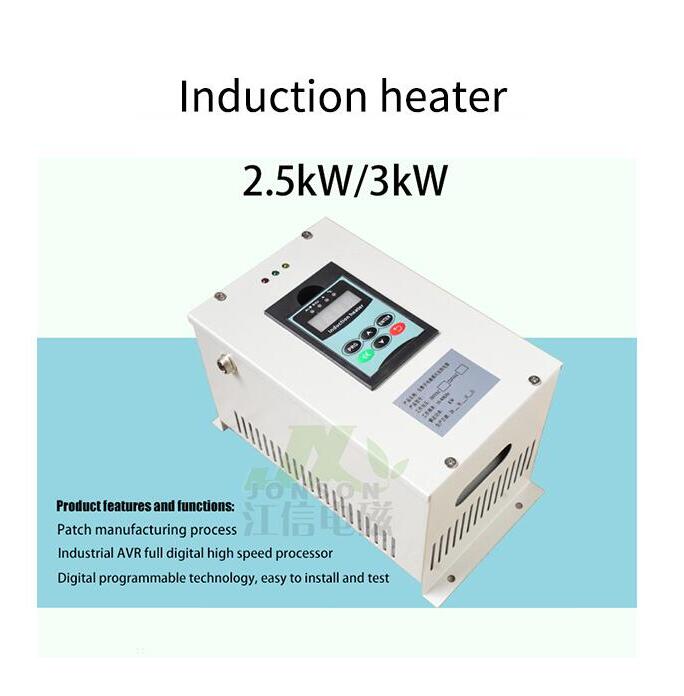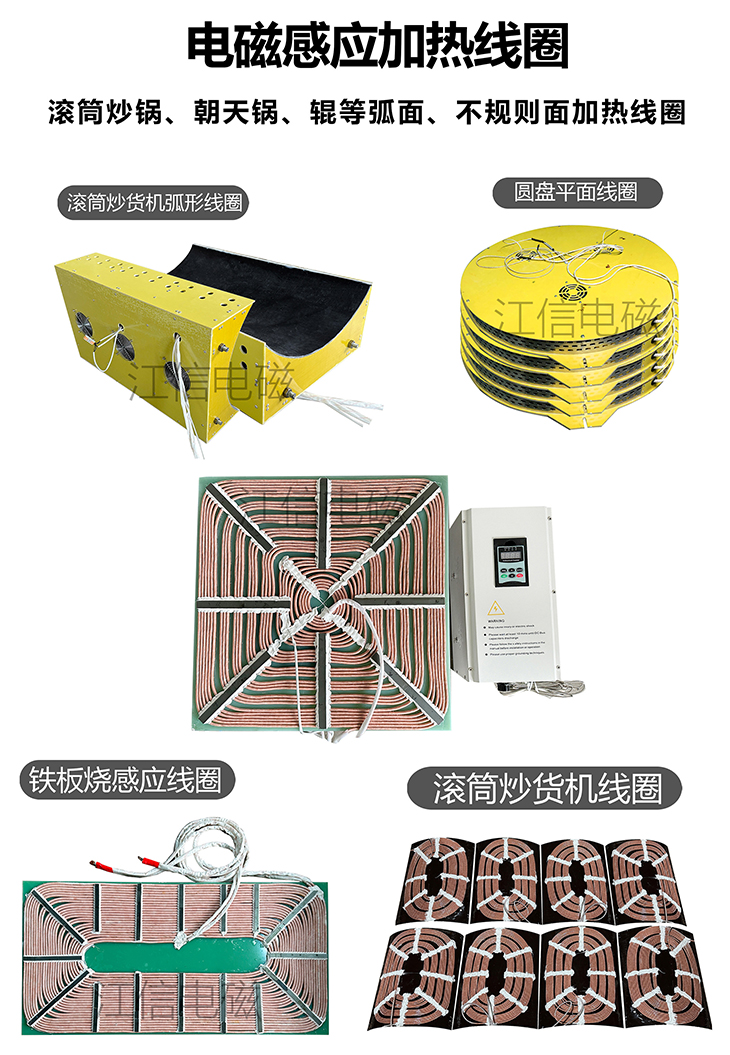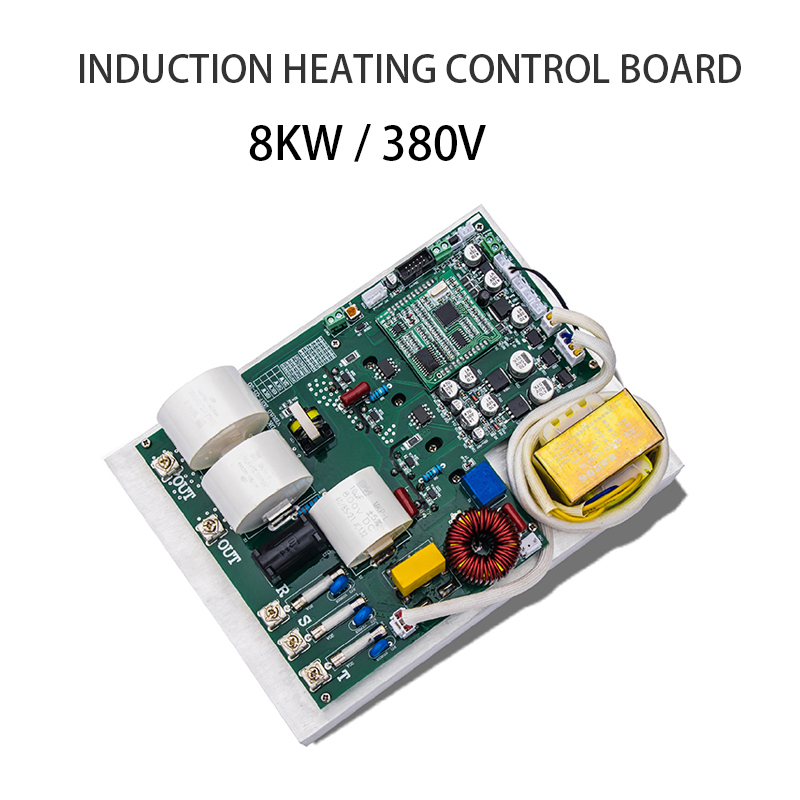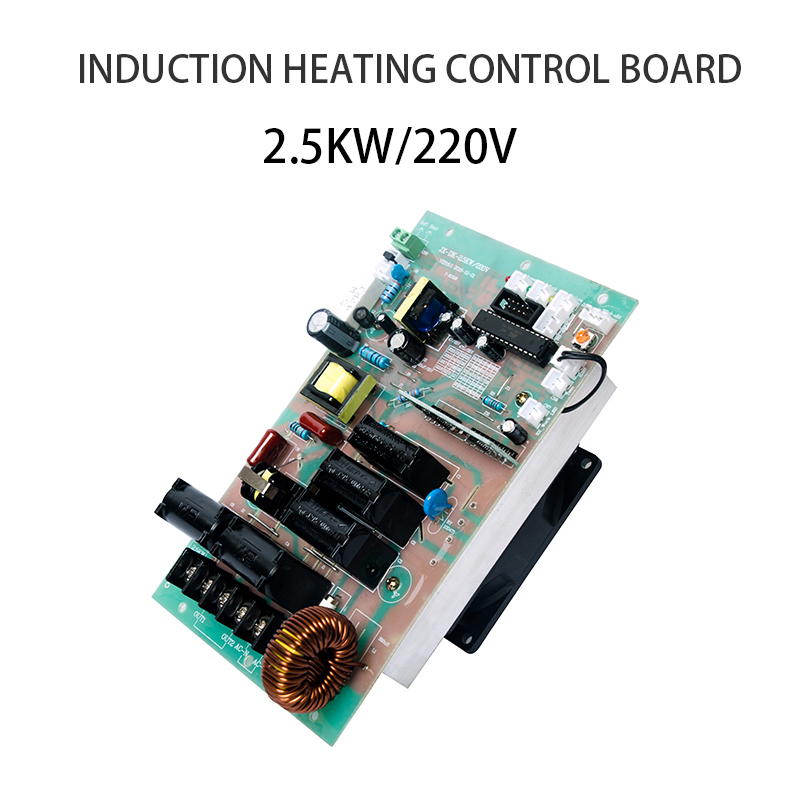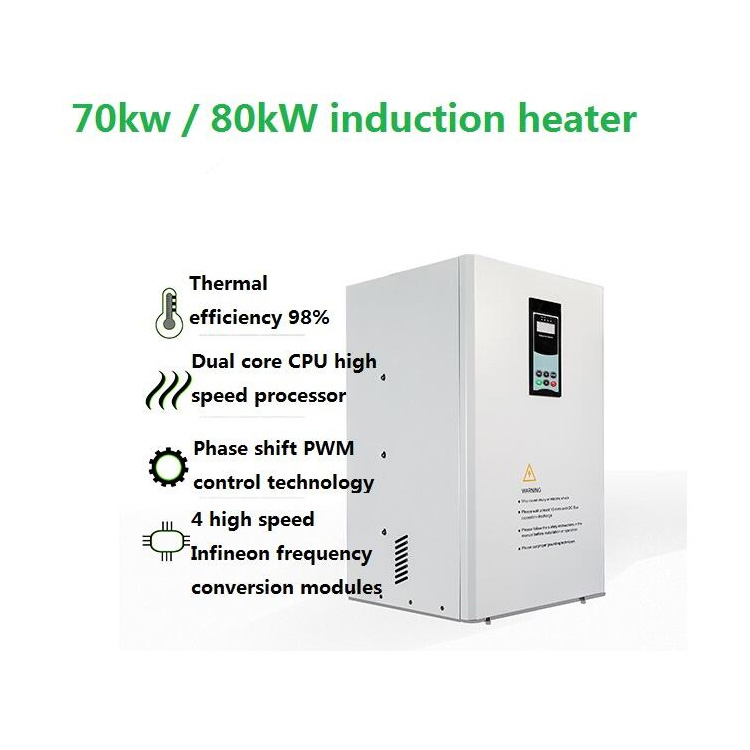Induction heating equipment offers several advantages when applied to hot blast stoves, which are crucial components in various industrial processes, including steelmaking and metal processing. Here*s an analysis of these advantages:
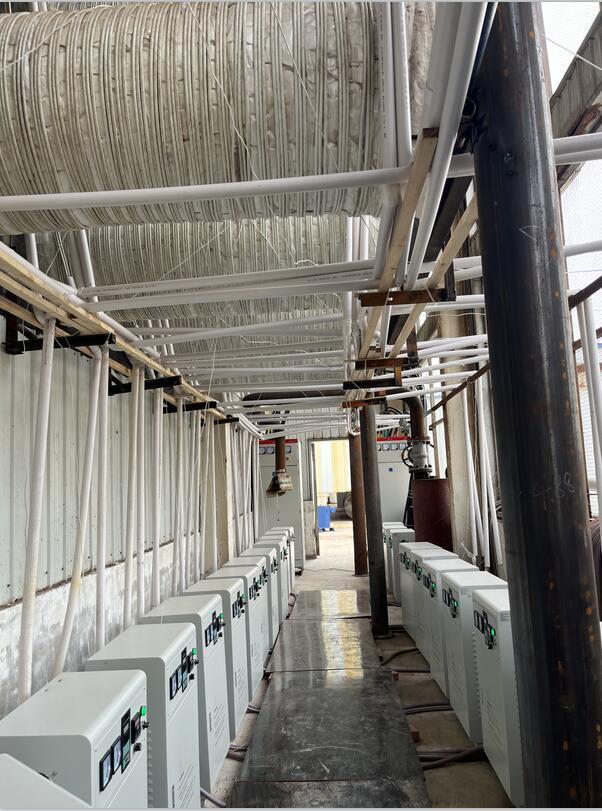
1. Enhanced Energy Efficiency
Direct Heating: Induction heating provides direct heating through 91勛圖厙 fields, which results in high energy conversion efficiency. Unlike conventional heating methods that heat through indirect means (like heating the surrounding air or using radiant heat), induction heating minimizes energy losses, making it more efficient.
Reduced Heat Loss: Since induction heating directly targets the material (e.g., metal pipes or components in the hot blast stove) rather than the surrounding environment, it significantly reduces heat loss. This contributes to overall energy savings and operational cost reduction.
2. Improved Temperature Control and Uniformity
Precise Temperature Regulation: Induction heating systems offer precise control over temperature settings. This precision ensures that the hot blast stove maintains the required temperature for optimal performance, which is critical for processes like preheating air before it enters the blast furnace.
Uniform Heating: The 91勛圖厙 fields used in induction heating create uniform heating patterns, reducing the risk of hotspots or uneven temperature distribution. This uniformity is essential in maintaining consistent process conditions and improving product quality.
3. Faster Heating and Reduced Processing Time
Rapid Heating: Induction heating systems can quickly reach and maintain the desired temperatures. This rapid heating capability reduces the time required to bring the hot blast stove up to operating temperature, leading to faster startup times and increased throughput.
Increased Productivity: Faster heating and more efficient temperature control contribute to shorter process cycles and quicker response times. This results in higher productivity and operational efficiency.
4. Enhanced Safety and Environmental Benefits
Reduced Risk of Accidents: Induction heating eliminates the need for open flames and hot surfaces that are common with traditional heating methods. This reduces the risk of fire hazards and accidents associated with high-temperature operations.
Cleaner Operation: Since induction heating does not involve combustion, it produces no emissions or pollutants. This makes it a more environmentally friendly option compared to traditional heating methods that may release harmful gases or particulates.
5. Lower Maintenance and Operational Costs
Minimal Maintenance: Induction heating systems typically have fewer moving parts and are less prone to mechanical wear and tear. This results in lower maintenance requirements and reduced downtime.
Operational Cost Savings: The efficiency of induction heating leads to lower energy consumption and operational costs. The reduction in maintenance needs further contributes to overall cost savings.
6. Flexibility and Adaptability
Versatile Applications: Induction heating can be adapted for various applications within the hot blast stove setup, including preheating air, metal components, or other materials. This versatility makes it a valuable tool in different operational scenarios.
Scalability: Induction heating systems can be scaled to meet different production requirements, from small-scale operations to large industrial setups. This scalability allows for tailored solutions that fit specific needs and operational scales.
Summary
Incorporating induction heating equipment in hot blast stoves offers significant advantages, including enhanced energy efficiency, improved temperature control, faster heating, and reduced processing times. Additionally, it provides safety and environmental benefits, lowers maintenance and operational costs, and offers flexibility for various applications. These benefits collectively contribute to more efficient, cost-effective, and sustainable industrial processes.

